For some reason, the WPF MessageBox looks worse than the one in WindowsForms. The WPF one doesn't have a visual style.
How can the Windows style be applied to the WPF MessageBox?
WindowsForms

WPF

For some reason, the WPF MessageBox looks worse than the one in WindowsForms. The WPF one doesn't have a visual style.
How can the Windows style be applied to the WPF MessageBox?
WindowsForms

WPF

This issue can be fixed by adding an application manifest (Add -> New Item -> Application Manifest File)
...
</trustInfo>
<dependency>
<dependentAssembly>
<assemblyIdentity
type="win32"
name="Microsoft.Windows.Common-Controls"
version="6.0.0.0"
processorArchitecture="*"
publicKeyToken="6595b64144ccf1df"
language="*" />
</dependentAssembly>
</dependency>
Under "Project Properties", point "Manifest" to the file you just created. This is optional for that the manifest can also just be deployed along with the EXE file.
Note: This manifest can be used for any executable, not only WPF, that needs to be "styled".